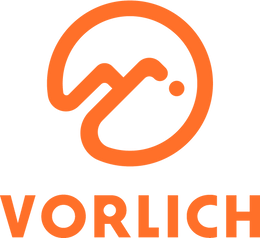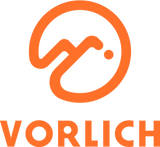Best Recovery Tools for Runners: Foam Rollers, Massage Guns, and More
Running is a fantastic way to boost your cardiovascular health and maintain physical fitness. However, rigorous training sessions can put a significant amount of stress on your muscles and joints. Adequate recovery is crucial for preventing injuries and enhancing performance. In this guide, we explore the best recovery tools for runners, such as **foam rollers** and **massage guns**, to help you optimize your recovery routine.
Foam Rollers
Foam rollers are a staple in the **runner's recovery toolkit**. They are designed to relieve muscle tightness, soreness, and inflammation, and increase your joint range of motion. Here are the types of foam rollers you might consider:
- Standard Foam Rollers: Suitable for beginners, these rollers provide a moderate level of firmness and are great for everyday use.
- Textured Foam Rollers: Featuring bumps and ridges, these are ideal for deeper muscle penetration and a more intense self-myofascial release.
- Vibrating Foam Rollers: These rollers offer vibration technology to further enhance muscle recovery and are effective in reducing post-run soreness.
Using a foam roller can **improve blood circulation** and optimize muscle recovery, reducing your downtime between runs and helping you maintain a regular running schedule.
Massage Guns
Massage guns have become immensely popular among athletes for their effectiveness in promoting quick muscle recovery. These handheld devices deliver rapid mini pulses that penetrate deep into your muscle tissue. Here's why they are beneficial:
- Efficient Pain Relief: They help alleviate muscle tension and stiffness, providing relief in just a few minutes of use.
- Versatile Attachments: Many massage guns come with different attachments that target specific muscle groups for more tailored recovery.
- Portable and User-Friendly: Compact and easy to use, massage guns can be used at home, in the gym, or even while traveling.
Incorporating a massage gun into your post-run recovery routine can help speed up the healing process, allowing you to get back on your feet faster.
Compression Gear
Compression gear includes tights, socks, and sleeves designed to promote better blood circulation and reduce muscle fatigue. Here's how they can aid recovery:
- Improved Circulation: By applying pressure to your muscles, compression gear aids in increasing venous return, decreasing the risk of swelling and inflammation.
- Reduced Muscle Soreness: They can minimize muscle vibrations during a run, ultimately leading to less post-exercise soreness.
- Compression Sleeves: Perfect for calf support and increased blood flow.
- Compression Socks: Great for better lower limb circulation and support.
- Full-Length Compression Tights: Ideal for comprehensive lower body recovery.
Regular use of compression gear can significantly enhance recovery, allowing you to perform better in subsequent runs.
Cryotherapy
Cryotherapy involves exposing your body to extremely cold temperatures to promote recovery. It is widely used for reducing muscle pain and inflammation. Consider these methods:
- Ice Baths: An affordable option where immersion in icy water helps quickly reduce muscle inflammation and soreness.
- Cryo Chambers: Provides whole-body exposure to extreme cold for longer-lasting effects, although they can be costly.
Cryotherapy can be a highly effective way to rapidly decrease soreness and boost recovery, especially after intense running sessions.
Stretching Tools
Stretching is a key component of any runner's recovery process, helping to increase flexibility and range of motion. Here's what you can use:
- Stretch Bands: These are perfect for facilitating deep static and dynamic stretches.
- Yoga Mats: Essential for comfortable stretching routines.
- Stretch Ball: Provides additional support for targeting specific muscle areas.
Incorporating these tools into your regimen can lead to heightened flexibility, preventing injuries caused by reduced muscle elasticity.
Hydration Equipment
Proper hydration is a cornerstone of effective recovery. Staying hydrated means replenishing lost fluids and nutrients. Consider these:
- Hydration Belts: Keep water conveniently available during your runs.
- Electrolyte Supplements: Help in balancing the body's natural minerals lost through sweat.
- Water Bottles with Markers: Encourage consistent fluid intake by marking time intervals.
Using the right hydration equipment ensures that your body has what it needs to recover effectively post-exercise.
In conclusion, discovering the optimal combination of recovery tools such as foam rollers, massage guns, and stretching tools, can cater to your individual needs. Tailoring your recovery practices can enhance your running performance and help avoid injuries, thereby ensuring long-term success in your running journey.
```
